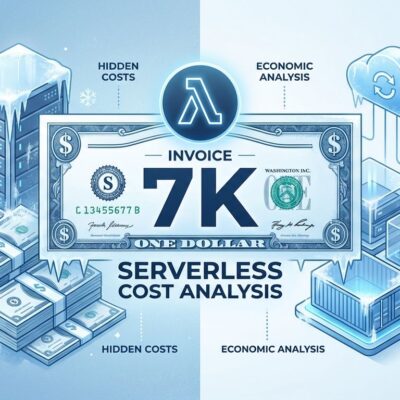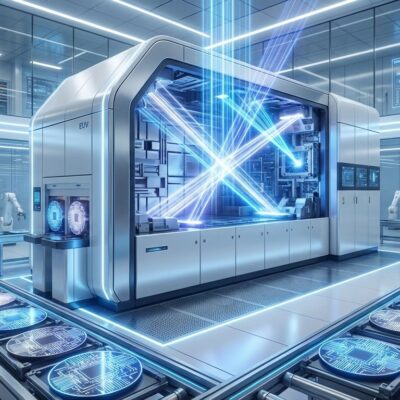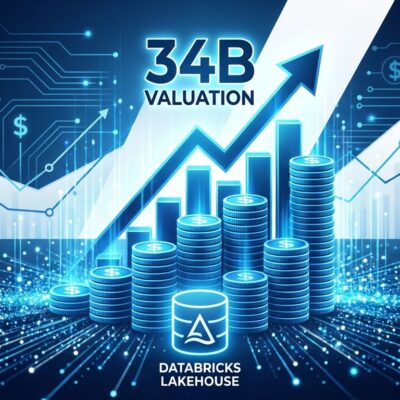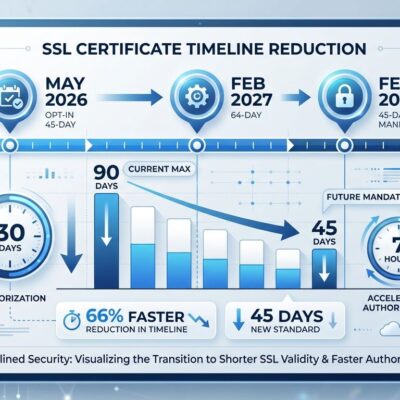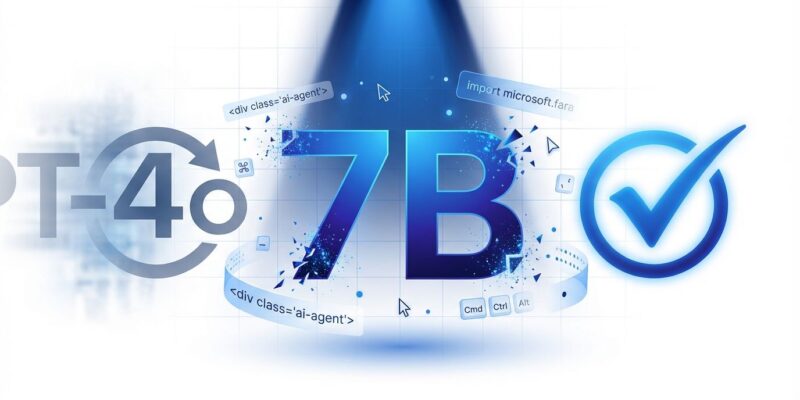
Microsoft announced Fara-7B on November 24, 2025—a 7-billion parameter AI agent that autonomously controls computers and outperforms OpenAI’s GPT-4o on the WebVoyager benchmark (73.5% vs 65.1%). At just 7B parameters, Fara-7B runs entirely on-device (Copilot+ PCs), eliminating cloud dependency while delivering faster task completion (16 steps average vs 41 for competing models) and 12x cost savings ($0.025 vs $0.30 per task). Released under MIT license on Hugging Face and Microsoft Foundry, this marks the first high-performance computer use agent small enough to preserve privacy without sacrificing capability.
This challenges the “bigger is better” narrative dominating AI. Developers no longer need expensive cloud APIs or massive models to build autonomous agents. Moreover, on-device execution means privacy-sensitive workflows run locally without exposing data to third parties. For developers, this is the democratization of AI agents: zero API costs, open source, and accessible on consumer hardware.
7B Beats GPT-4o: Small Models Win
Fara-7B achieves a 73.5% success rate on WebVoyager—the standard benchmark for web automation agents—beating GPT-4o’s 65.1% and UI-TARS-1.5-7B’s 66.4%. This is the first time a 7-billion parameter model has outperformed frontier models 10-15x its size on computer use tasks. The WebVoyager benchmark tests agents on realistic web navigation: booking travel, shopping comparisons, form submissions, and multi-step workflows across dozens of websites.
The efficiency gains are equally striking. Fara-7B completes tasks in 16 steps on average, while UI-TARS-1.5-7B (another 7B competitor) needs 41 steps—2.5x slower. Furthermore, cost per task: $0.025 for Fara-7B versus $0.30 for proprietary APIs like GPT-4o. That’s 12x cheaper. Run 10,000 tasks and you’ve saved $2,750. Consequently, for startups and indie developers, this shifts AI agents from operational expense to capital expense: buy hardware once, run agents forever.
However, automated benchmarks don’t always reflect reality. Browserbase’s independent evaluation using human annotators achieved 62% success on WebVoyager—still competitive with GPT-4o, but 11 percentage points lower than the automated 73.5%. Nevertheless, real-world performance will likely fall somewhere between these numbers. The takeaway: Fara-7B proves small models can match or beat large ones on specialized tasks, challenging the assumption that AI capability scales with parameter count.
On-Device Privacy: No Cloud, No Compromise
Fara-7B runs entirely on-device—Copilot+ PCs with NPU acceleration or standard GPUs like RTX 3080+. This is the first computer use agent capable of production-grade performance without cloud dependency. Moreover, on-device execution delivers three advantages: complete privacy control, zero API costs, and sub-100ms latency.
Privacy-sensitive industries can now adopt AI agents without regulatory concerns. Healthcare (patient data entry), finance (banking transactions), legal (contract review), and HR (resume screening)—all can run locally without exposing data to Microsoft, OpenAI, or any third party. Consequently, data stays on your hardware, meeting HIPAA, GDPR, and other compliance requirements. For developers, this opens new markets: on-premise enterprise deployments, air-gapped networks, and privacy-first consumer apps. Additionally, it eliminates the “send your data to OpenAI” objection that blocks many AI agent deployments.
The cost advantage is straightforward. Cloud APIs charge per request: $20/month for ChatGPT Pro or $0.03-0.30 per task for GPT-4o API calls. In contrast, Fara-7B costs zero after initial hardware investment. The 7B parameter model requires ~14GB of memory (quantized versions available for smaller RAM), fitting comfortably on modern GPUs. On-device AI execution shifts economics from subscription models to capital investment—own the infrastructure, control the costs.
Microsoft vs OpenAI: The $13B Irony
Microsoft invested $13 billion in OpenAI since 2019, currently owns 27% of the company, and pays OpenAI 20% revenue share under their partnership agreement. Yet Microsoft just released Fara-7B—an agent that beats OpenAI’s GPT-4o on computer use tasks. This signals Microsoft’s strategy to hedge against OpenAI dependency by building proprietary models (Fara-7B, Phi-3, Copilot) that run on-device.
The relationship is fraying. OpenAI signed a $300 billion cloud deal with Oracle (not Microsoft Azure) in 2025, diversifying away from Microsoft infrastructure. Furthermore, Microsoft added OpenAI to its official competitor list in 2024. Analysts predict the partnership will decouple over the next 2-3 years as Microsoft builds internal AI capabilities that reduce reliance on OpenAI APIs.
For developers, this means more choice: stick with OpenAI’s general-purpose models or switch to Microsoft’s efficient, on-device alternatives. The AI landscape is fragmenting—no single vendor will dominate. Meanwhile, Microsoft is quietly building the infrastructure for on-device AI dominance (Copilot+ PCs with NPUs, Windows AI Toolkit, proprietary SLMs) while everyone watches ChatGPT. Fara-7B is proof: Microsoft doesn’t need OpenAI anymore.
Visual Agents: Pixels Over DOM
Unlike traditional web automation tools that parse HTML/DOM, Fara-7B is a visual agent—it takes browser screenshots, analyzes pixels like a human, and predicts actions (click coordinates, type text, scroll). Built on Qwen2.5-VL-7B, a vision-language model, it was trained on 145,000 synthetic trajectories generated by Microsoft’s Magentic-One multi-agent framework—no expensive human annotation required.
The operating loop is straightforward: screenshot → visual analysis → action prediction (click X/Y coordinates, type “text”, scroll down) → execute → new screenshot → repeat. Training took 2.5 days on 64 H100 GPUs (October 26-29, 2025), using supervised fine-tuning without reinforcement learning. Moreover, the training data covered diverse websites, task types, and difficulty levels, with three verifier agents (Alignment, Rubric, Multimodal) filtering trajectories before training.
Visual agents are more robust than DOM-based scrapers. They work even when websites change HTML structure, use obfuscated class names, or rely on canvas/WebGL rendering. For developers, this means less maintenance: agents trained on visual patterns don’t break when sites update CSS or JavaScript frameworks. Furthermore, it’s how humans interact with computers, making agent behavior more predictable and debuggable—you can literally watch what it “sees.”
Safety Reality Check: Not Production-Ready
Fara-7B’s 73.5% success rate means 26.5% of tasks fail. More concerning: red-teaming revealed 18% of harmful tasks slipped through safety guardrails. Microsoft implemented “Critical Points”—situations requiring user approval before irreversible actions (payments, emails, personal data entry)—but this is experimental technology not yet ready for unsupervised production deployment.
The failure rate is manageable for low-risk automation: web scraping, research, form filling. However, 26% failure is unacceptable for high-stakes operations. Imagine an agent transferring money to the wrong account or deleting production databases. Microsoft acknowledges limitations: “challenges with accuracy on complex tasks, mistakes in following instructions, susceptibility to hallucinations.”
The 18% harmful task pass-through is the bigger concern. On WebTailBench-Refusals (111 adversarial tasks testing phishing, unauthorized access, data theft), Fara-7B refused 82% but let 18% through. Consequently, this is a research prototype, not a “set it and forget it” solution. Use it for controlled environments with human oversight. Keep humans in the loop for anything irreversible.
Key Takeaways
- Fara-7B beats GPT-4o on web automation (73.5% vs 65.1%), runs on-device, and costs $0.025 per task versus $0.30 for cloud APIs
- On-device execution enables privacy-sensitive workflows (healthcare, finance, legal) without exposing data to third parties, with zero ongoing API fees and offline capability
- Microsoft’s release signals strategic hedging against OpenAI dependency—building proprietary models that run locally rather than relying on cloud APIs
- Visual agents (screenshot-based) are more robust than DOM scrapers, working even when websites change structure
- 26% failure rate and 18% harmful task pass-through mean human oversight is required—this is impressive research, not production-ready automation

